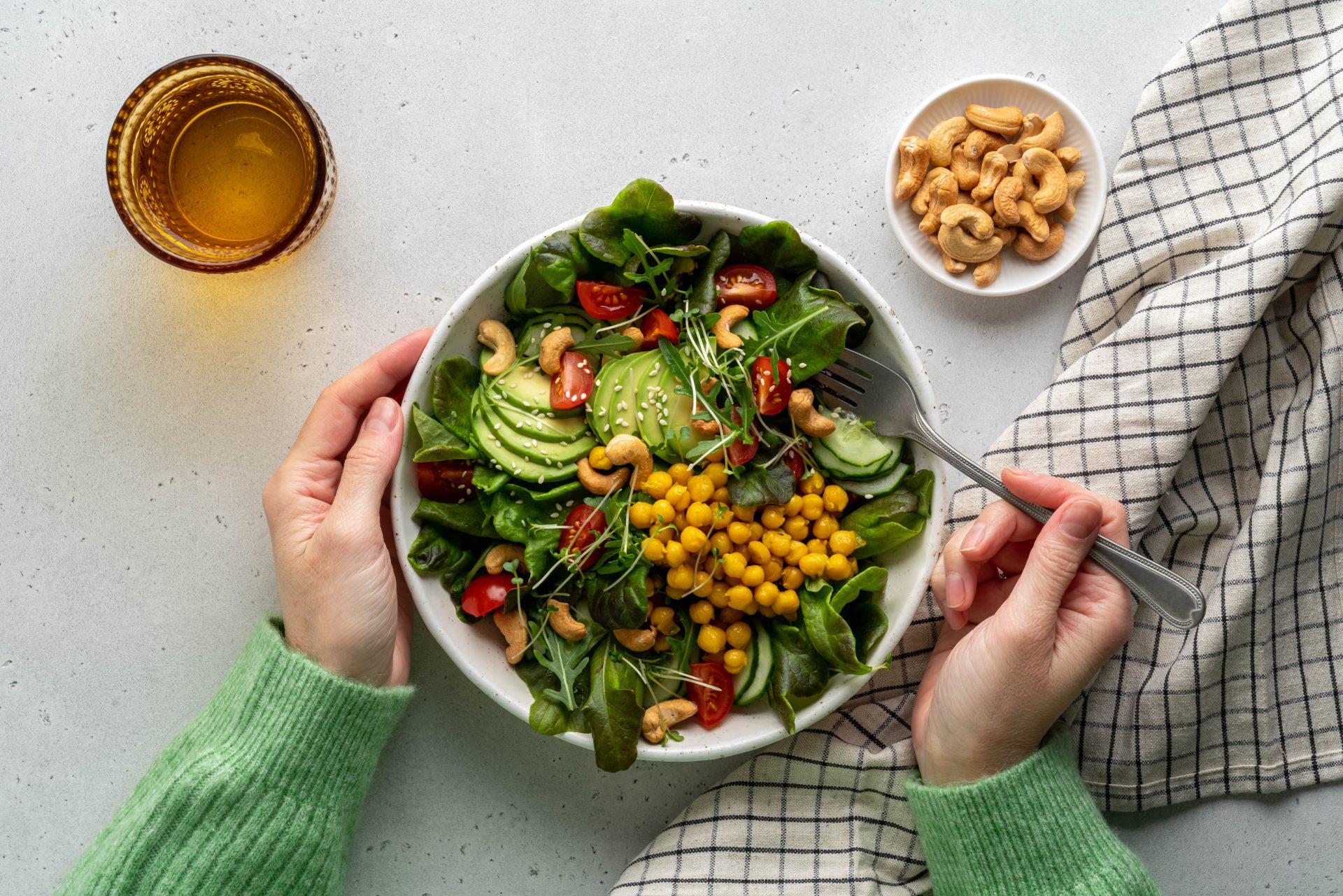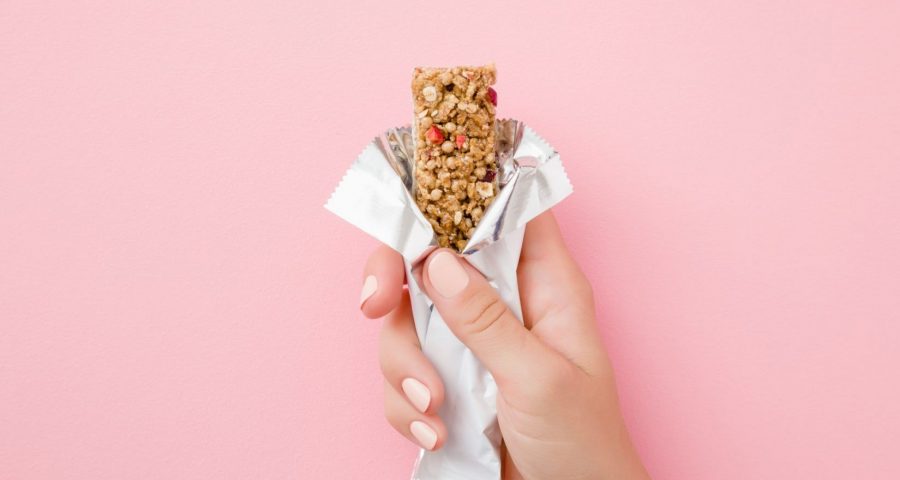Chicory root fibre, oat fibre and even beetroot fibre are among the added prebiotics found in health food. But are they good for us?
The benefits of fibre have taken centre stage in the health and wellness world. Rightly so, given that fibre doesn’t only keep your bowel habits regular but also improves overall gut health. In turn, that leads to better mental health, immunity and strength, to name just a few.
If you’ve been keeping a keen eye on your fibre intake to reap those benefits, then you may have noticed that health foods sometimes add fibre in as an ingredient in its own right. Chicory root fibre, inulin and beta-glucan are some of the popular ingredients you might have read on the back of items like cereals and snack bars. But are added fibres actually as good for us as the real thing?
You may also like
Fibre supplements: do they have the same gut health benefits as fruit and vegetables?
What are added fibres?
“There is naturally occurring fibre in all plant and plant-derived foods we eat, including things like pasta, rice and nuts as well as fruits and vegetables,” explains dietitian Sophie Medlin from CityDietitians. The fibre can be extracted from whole foods like grains, pulses and vegetables and added into other products – these are known as isolated fibres.
“The food industry has started to add these fibres to foods, most commonly oat fibre, sometimes called beta-glucans; inulin fibre, which is often from chicory; FOS (fructooligosaccharides) from foods like onion and GOS (galactooligosaccharides) from beans and some root vegetables,” says Medlin.
The isolated fibres are typically added so the brand can make health claims about the food being high-fibre or a source of fibre, adds Medlin. “Plus, fibre can also change the taste or texture of a product – for example, inulin tastes sweet so it is often added to keep sugar content low in sweet products,” she says.

Are added fibres good or bad for you?
Those fibres benefit us, as well as the brand and marketing. “Many of these added fibres are thought to have prebiotic benefits where they directly improve the numbers of good bacteria in our bowel in the same way that eating fibre from whole foods does,” explains Medlin.
The benefits don’t stop at the added prebiotic goodness, though. Because these fibres come from plants, they also pack in the micronutrients. In a 2020 review of chicory root in modern food, published in Advanced Nutrition, researchers note that “chicory taproots also contain various micronutrients such as potassium and calcium, as well as many phytochemicals”. Studies on beta-glucan have found that the fibre can improve the function of the immune system as well as reduce cholesterol levels thanks to their antioxidant effects.
You may also like
The ‘fibre paradox’ explains why nutritious foods make you bloated
Don’t load up on bars and snacks that come with these types of fibre though. If you are someone who already eats a high-fibre diet, adding in a bar with an extra 15g of fibre from inulin could cause bloating or digestive discomfort. That’s because your gut bacteria feeds on the fibre to break it down and produces gas as a byproduct.
“Even a small amount of isolated fibres can also cause wind and bloating in sensitive individuals,” warns Medlin. “This is tricky because these foods are often marketed with gut health benefits so people with digestive problems are likely to be drawn to them, which can cause them more symptoms. Typically, the best added fibre that doesn’t cause these problems is beta-glucans from oats.”
Plus, products that contain added fibres may also contain other sweeteners, proteins or ingredients that can impact the bowel. “If you have a sensitive digestive system, processed foods with long ingredients list may be best avoided,” says Medlin.
Should you add fibre into your diet?
Just because isolated fibres are added by manufacturers doesn’t mean we should start cooking with them in our own kitchens. “Fibre, as always, is best consumed from whole foods where it naturally occurs, but having functional foods with added fibre is still useful – especially for busy people who want to grab gut-friendly snacks,” says Medlin. “The benefits of fibre are so great that it isn’t a surprise that manufacturers have cottoned on.”
Exactly how much of these added fibres we should have will depend largely on how much we can tolerate. If you already eat them regularly without complaint, then continue in the knowledge that you’re looking after your gut. If you notice that you sometimes feel discomfort after these types of foods, it might be wise to cut down and reintroduce slowly.
Images: Getty
Source: Read Full Article
